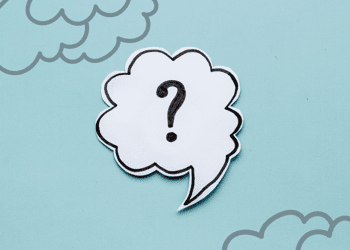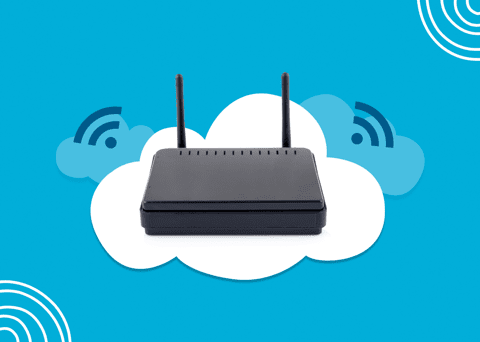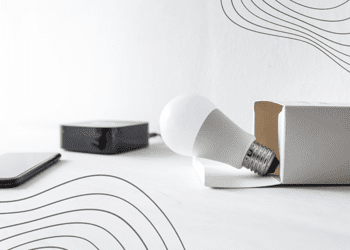Some of our MHO team recently attended the Game Developers Conference and although we knew the Internet of Senses was on the way, it was eye-opening to see the many ideas and the direction of experiences being developed. We aren’t here to summarize all of what we saw, but to provide you with a general overview of what the Internet of Senses is, and how it will affect operations and our future.
What is the Internet of Senses?
Most everyone is familiar with immersive experiences through the benefit of Virtual Reality (VR), Augmented Reality (AR), and even Mixed Reality (MR). We’ve actually coined a new term for these technologies — eXtended Reality (XR). The next logical step into this more immersive universe involves connecting with our world in augmented ways that involve all the five basic senses: sight, hearing, smell, touch, and taste. Very soon, we can enjoy sensory experiences far beyond the boundaries of our own bodies.
“In the Internet of Senses, visual, audio, haptic, and other technologies allow human beings to have digital sensory experiences similar to the ones we experience in the physical world. The Internet of Senses augments our senses beyond the boundaries of our bodies, giving us augmented vision, hearing, touch, and smell. It enables us to blend multisensory digital experiences with our local surroundings and interact with remote people, devices, and robots as if they were right beside us.”
What Will This Mean to Society and Businesses?
The future of work continues to be a popular topic, including remote work, hybrid work, and shared space. Over this metamorphosis, we’ve witnessed the technologies supporting these ideas as they continue to improve.
Up to this point, the majority of widely adopted technologies are visual and audio. While this continues to be the dominant application with things such as Zoom, Teams, Slack, and much more, we are seeing the growing integration of our senses. If you currently work at all from home, think about your office situation. Are you continuing to optimize your space to help with efficiency?
As society prioritizes the environment in a greater way, the benefits of a virtual workplace or dematerialized workspace will increase. It is believed that the Internet of Senses will bring about virtual offices, resulting in less travel and reduced energy consumption. This is currently of special interest with the global price increases and instability concerning fossil fuels that are necessary for transportation.
One of the big conversations is the dematerialized office. This is the idea that we will move into a totally virtual office space where we interact with each other. For this to become viable for adoption, we expect heavy investment in capturing all of our senses. Once smell, taste, touch, and other sensations become more viable, this could easily become the future.
Imagine working from home within a digital environment that portrays an actual office, with sound-, sight-, and thought-activated office tools to interact with others in the same virtual space. Conduct a meeting with participants virtually sitting around a table and sharing coffee, while an audio-activated tool records and automatically transcribes the conversations for later reference and review. All while you sit at home in your favorite chair, wearing gym shorts and a t-shirt.
Beyond the Office, What are Other Applications of the Internet of Senses?
We touched above on the ability to use thoughts to command and communicate, most likely through some sort of AR tool or implanted device. Will we actually be able to share our thoughts? Will we want to? How would that work? How would we control what thoughts we want communicated or used as commands and random thoughts?
Other applications of the Internet of Senses could include:
- Translating: Immediate translation through the sound of a voice is a popular prospect. Travel anywhere you like and understand what is being spoken to you or around you by a sound-activated automatic translating device.
- Immersive adventures: Many people believe that VR and immersive experiences will allow us to virtually travel, taste, smell, and touch these destinations. Not only travel, but something as simple as attending a sporting event or meeting with friends might all be able to happen virtually. Imagine experiencing a digital beach “where you can feel the wind blowing on your face, the heat of the sun on your back, the humidity of the ocean air on your skin, and experience the fresh smell of the ocean breeze — right in your living room.”
- Virtual shopping experiences: actually use digital technology to handle merchandise, feel textures, taste samples, and smell odors of perfumes or soaps.
- Virtual warehouses: buyers would visit a digital product showcase to interact with all aspects of different products before placing an order.
- Virtual team building experiences: one example involves virtually traveling to ancient Pompeii with your team, sampling the foods of ancient Rome, and even feeling the heat from the eruption of Mount Vesuvius.
How soon could consumers see these ideas, most of which were only dreamed of in past episodes of Star Trek? One report claims that, “Consumers expect an array of beneficial services from connected technology interacting with our senses of sight, sound, taste, smell and touch to be a common reality by 2030.”
Is your business Internet and networking solutions capable of facilitating these kinds of technologically advanced experiences? Contact MHO today and let’s chat about your connectivity needs.






